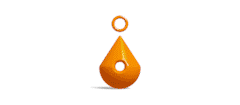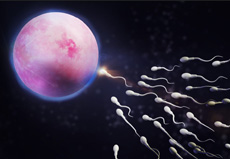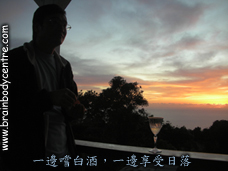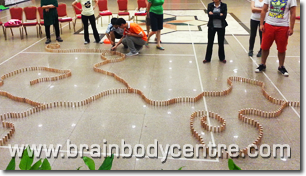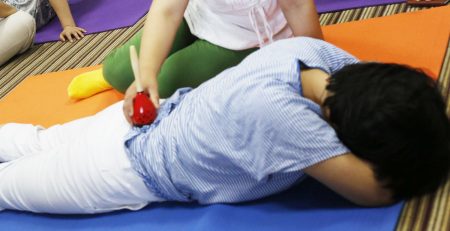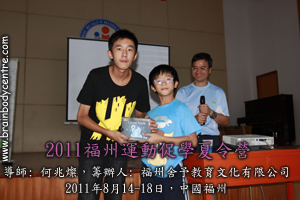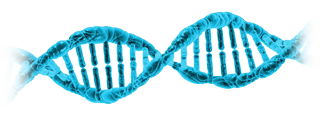Enjoying Life
This article marked the official Completion of the 10-Year Design Project of The Balancing Retreat Workshop Series
At the moment of the emergence of a fertilized egg, it has already carried three kinds of information: genetic information from the mother, genetic information from the father, and the natural gifts of the person. The fertilized egg is not a piece of “blank paper”. These three factors have jointly determined the initial tendency of the person’s life.
After the fertilized egg has implanted itself in the uterus, both its hardware and software would start to develop steadily. Since the embryo is still under development, any shocks that may affect the embryo’s hardware and software during this period will become lifelong sequelae, no matter they are deemed as good or bad. The sources of these shocks may directly come from the external environment through the mother’s belly, such as strange noises, bumps, lights, etc. They may come from the mother’s body as well, for examples, body heat, blood flow (the embryo shares the mother’s blood flow), emotions, thoughts, etc. They may also come from the embryo’s own internal environment. Examples include emotions and genetic diseases. The life tendency of the fertilized egg, the experiences of the embryo during its development in uterus, and the experiences of during its birth process would jointly define its birth imprint which affects how the person will go down his life path starting from the moment of birth. In other words, the birth imprint determines the locus of life events since birth.
From zero to the age of three, through adventuring in the real world and experiencing different situations with different outcomes, the baby will eventually arrive at the conclusion of which can and cannot be directed by its mind. This insight will help to give rise to its understanding of the physical limits of its body (i.e. those that can be directed forms its body), which in turn produces the concepts of “self” and “non-self”. Psychologists believe the self appears in a baby at around 36 months of age. Since then, the human being become an experiencer who can make decisions. This is the scientific basis of the Chinese traditional wisdom saying that the ways a person is at 3 would decide what he will be at 80. In the first 36 months of one’s life path, life processes are basically controlled by the subconscious. The life direction so formed may not be clear to his conscious. The momentum in life so gathered may not be too strong yet. However, their influences are lifelong. Conrad calls this momentum in life “destiny”.
After the age of 3, the self has developed; its consciousness has appeared; while destiny has grown stronger. Walking down one’s life path, the person becomes more conscious. However, being more conscious does not equal to becoming sufficiently conscious. The techniques may not be good enough to rectify as well, should the person be aware of problems. Under the push by his destiny, the person with his self still cannot change his life path. As the Chinese saying goes: It is easier to move rivers and mountains than to change a person’s nature. Destiny seems irresistible. The person has no choice, except surrendering and going down the current life path along the set direction. This kind of life is, of course, difficult to enjoy. Conversely, how can a person enjoy life more?
Based on the laws of Nature, such as the laws of physics, chemistry and biology, an ecosystem will automatically find its equilibrium, where all forces tend to be equal and the ecosystem tend to achieve maximum energy efficiency as measured by biomass (the total weight of all the living things in that ecosystem). The human body itself is an ecosystem, and its behavior is governed by the same laws of Nature. In theory, the closer the person is to the maximum energy efficiency and the longer he stays at his maximum biomass, the easier the person is to enjoy his life. In this state, the person feels life to be a breeze and his potential to be developed to the maximum.
Those life activities that allows the person to operate at the maximum energy efficiency and stay at the maximum biomass are termed by Conrad as the “life mission”. The lifestyle that best matches the life mission is called the “optimal life game”; and the locus of life activities of the life mission arranged in a linear sequence in time is called the “optimal life path”.
For laymen, though these theories could be understood, how could they put them into practice? Talking about optimality is easy. Realizing it is another matter. How could a person know that he has achieved it? Personally, Conrad also considers it to be really difficult. Nonetheless, the above-mentioned simple theory is really useful. It gives answers to the above-mentioned critical questions. In short, just carry out the activities which make one feels more at ease (higher energy efficiency); and the body, healthier and stronger (higher biomass). In other words, we do not really know where optimality is, but we all know where more optimality is. When we continue to be more and more optimal, we know that we are approaching optimality and it is easier for us to enjoy life.
